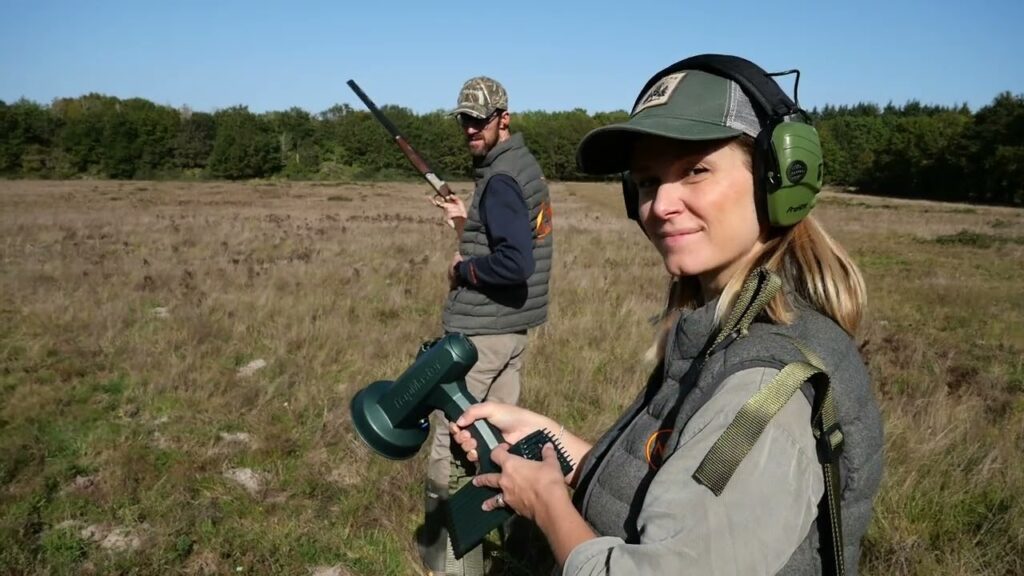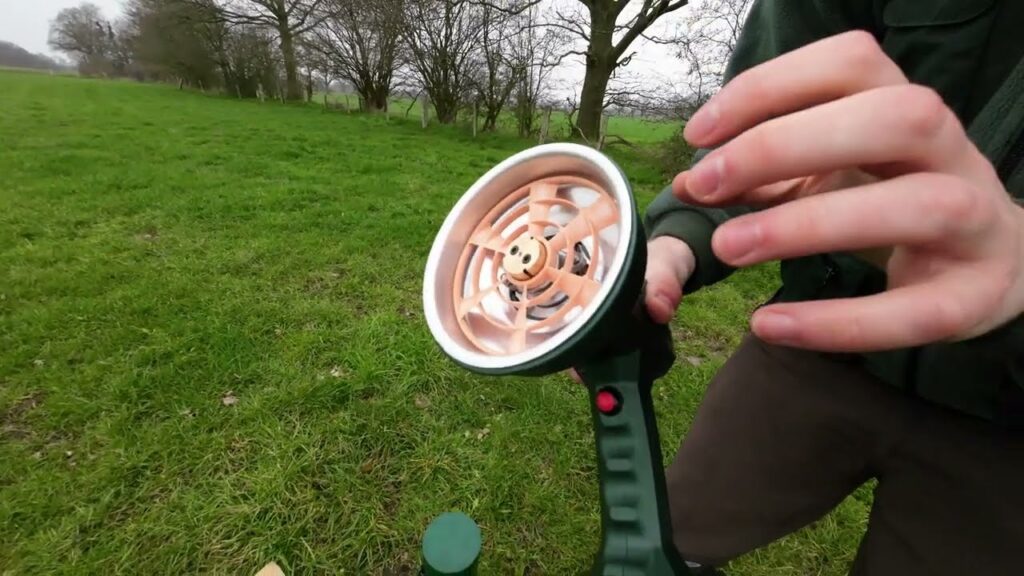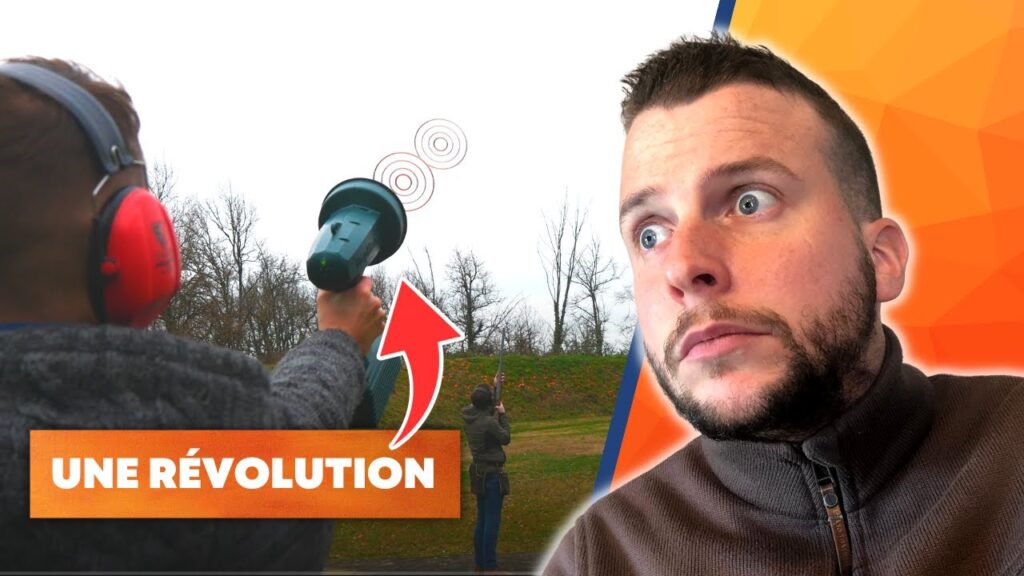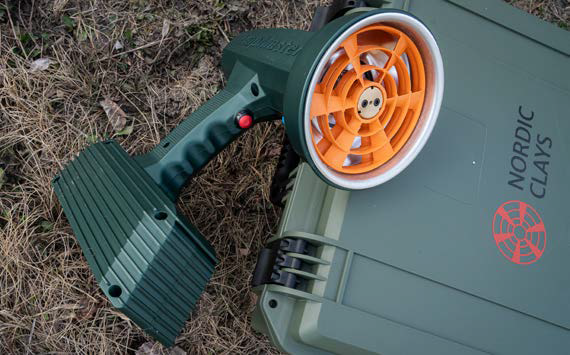Preparing for a clay pigeon shooting competition: a guide with Nordic Clays
Clay pigeon shooting competitions are thrilling and challenging events that test your precision, focus, and skills. Whether you are a seasoned shooter or a newcomer to the sport, proper preparation is key to performing your best. Nordic Clays offers this comprehensive guide to help you get ready for your next competition. From understanding the different types of competitions to mental and physical preparation, this guide covers everything you need to perform at your best.
Understanding the competition
Before diving into preparation, it’s essential to understand the different types of clay pigeon shooting competitions you might encounter:
- Trap Shooting: Targets are launched from a single machine away from the shooter at varying angles. This type requires quick reflexes and precise aim.
- Skeet Shooting: Targets are launched from two houses situated at opposite ends of a semicircle. This involves shooting at targets crossing paths at set points.
- Sporting Clays: Often referred to as “golf with a shotgun,” this involves shooting at targets launched at varying speeds, angles, and distances to mimic the flight patterns of game birds.
Familiarize yourself with the rules and formats of these competitions to tailor your practice and preparation accordingly.
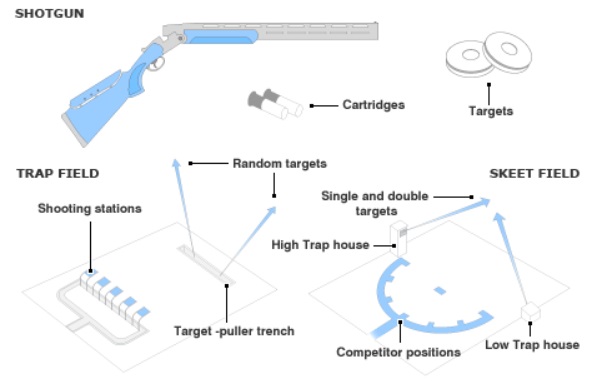
Essential gear and equipment
Having the right gear can make a significant difference in your performance:
- Shotguns and Ammunition: Choose a shotgun that fits you well and suits the competition type.
Make sure to use the appropriate ammunition for your shotgun and the type of competition. - Quality Clays: Using reliable clays during practice can help simulate competition conditions accurately.
- Safety Gear: Always prioritize safety. Equip yourself with protective eyewear and ear protection. A shooting vest with ample pockets for spare ammunition is also essential for convenience and safety.
Training and practice
Regular practice is crucial for improving your shooting skills:
- Accuracy and Consistency: Focus on developing a consistent shooting routine. Pay attention to your stance, grip, and follow-through.
- Training Drills: Incorporate drills that mimic competition scenarios.
Trap shooting, practice hitting going away targets launched at various angles.
Skeet shooting, work on transitioning smoothly between high and low house targets.
Sporting clays, practice as big a variety of target presentations to improve adaptability. - Simulated Competitions: Participate in simulated competitions with friends or at your local range to get used to the pressure and pace of real events.
Mental preparation
Mental fortitude is as important as physical skill in shooting competitions:
- Focus and Calmness: Develop techniques to stay calm and focused under pressure. Breathing exercises, visualization, and positive self-talk can help maintain composure.
- Visualization: Visualize successful shots and positive outcomes. This mental rehearsal can enhance your confidence and performance.
- Positive Mindset: Stay positive and resilient. Embrace mistakes as learning opportunities and keep a growth mindset, mindset is everything!
Nutrition and physical fitness
Maintaining good physical condition and proper nutrition can enhance your shooting performance:
- Balanced Diet: Eat a balanced diet rich in proteins, healthy fats, and complex carbohydrates. Avoid heavy, greasy foods that can make you sluggish.
- Hydration: Stay hydrated before, during, and after the competition. Dehydration can affect your concentration and physical performance.
- Physical Fitness: Incorporate exercises that improve your strength, stamina, and flexibility. Focus on core strength, shoulder stability, and cardiovascular fitness.
Competition day checklist
Ensure you’re fully prepared on the day of the competition:
- Gear Check: Double-check and clean all your gear, including your shotgun, ammunition, safety equipment, and any necessary paperwork.
- Arrival: Arrive at the venue early to familiarize yourself with the layout and get comfortable with your surroundings.
- Warm-Up: Warm up with some practice shots to get into the rhythm. Stretching exercises can also help loosen up your muscles.
Expert tips and strategies
Leverage the experience of seasoned shooters and experts:
- Advice from Experts: Seek advice from experienced competitors. They can provide valuable insights into techniques and strategies.
- Avoid Common Mistakes: Learn from common mistakes such as overthinking shots or rushing. Take your time to aim and follow through.
- Adapt to Conditions: Be prepared to adjust your strategy based on weather conditions. Wind and rain can especially affect your shots.
Reviewing performance
After the competition, take time to review and analyze your performance:
- Track Progress: Keep a record of your scores and any observations about your performance. This helps identify areas for improvement.
- Set Goals: Set specific, achievable goals for your next competition. Focus on both short-term and long-term improvements.
- Seek Feedback: Get feedback from coaches or fellow shooters. Constructive criticism can provide new perspectives and enhance your skills.
Conclusion
Preparation is the key to success in clay pigeon shooting competitions. By following this guide from Nordic Clays, you should be better equipped to enhance your performance and enjoy the thrill of competition. Remember, consistent practice, mental resilience, and proper gear are your allies in this journey. Stay informed, stay focused, and join the Nordic Clays community to take your shooting skills to the next level.

